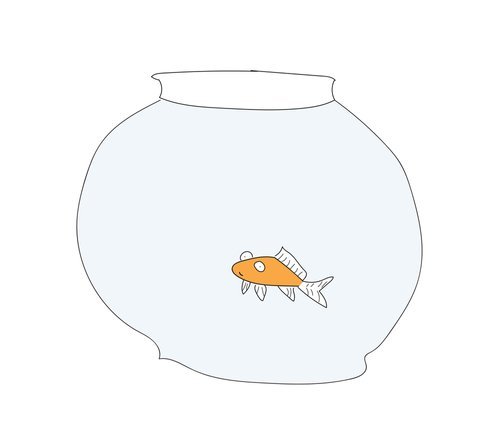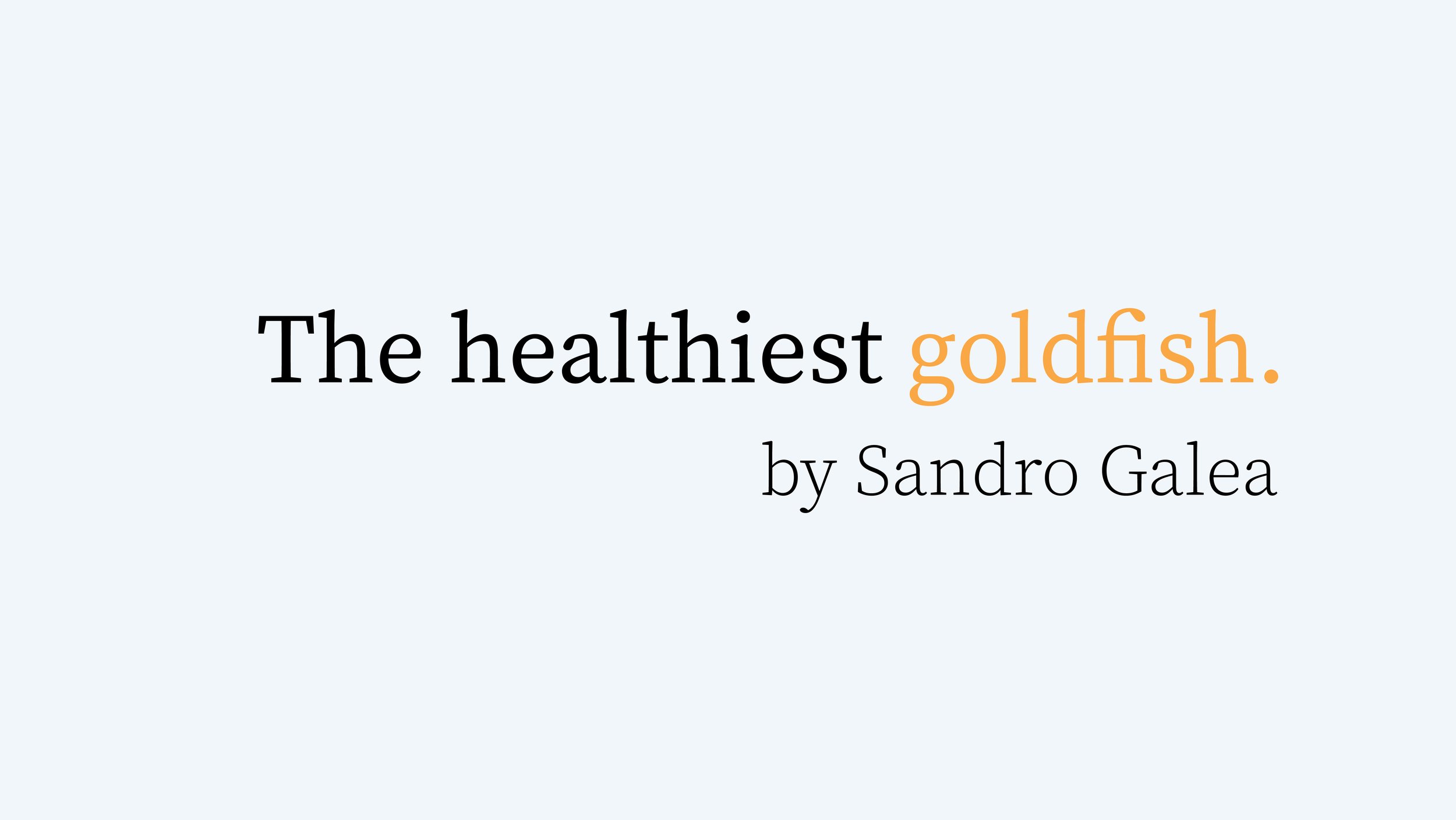In the public realm, our values are thought to reflect our personal tastes, arbitrary and unverifiable—a matter of will and subjectivity. This subjectivity may seem to put values at odds with science and claims that can be objectively verified. A strong strain in science argues that we should remain “value-free” and even “ethics-free.” This perspective argues that we value the appearance of not having values, or at least having them well-managed through the use of objective methods.
Yet this fact-value distinction ignores a cultural and political reality: policymakers create policy that may include evidence but always has value commitments in mind. And various efforts in science are catching on, attempting to study values as an intrinsic part of science.
Read more here.




